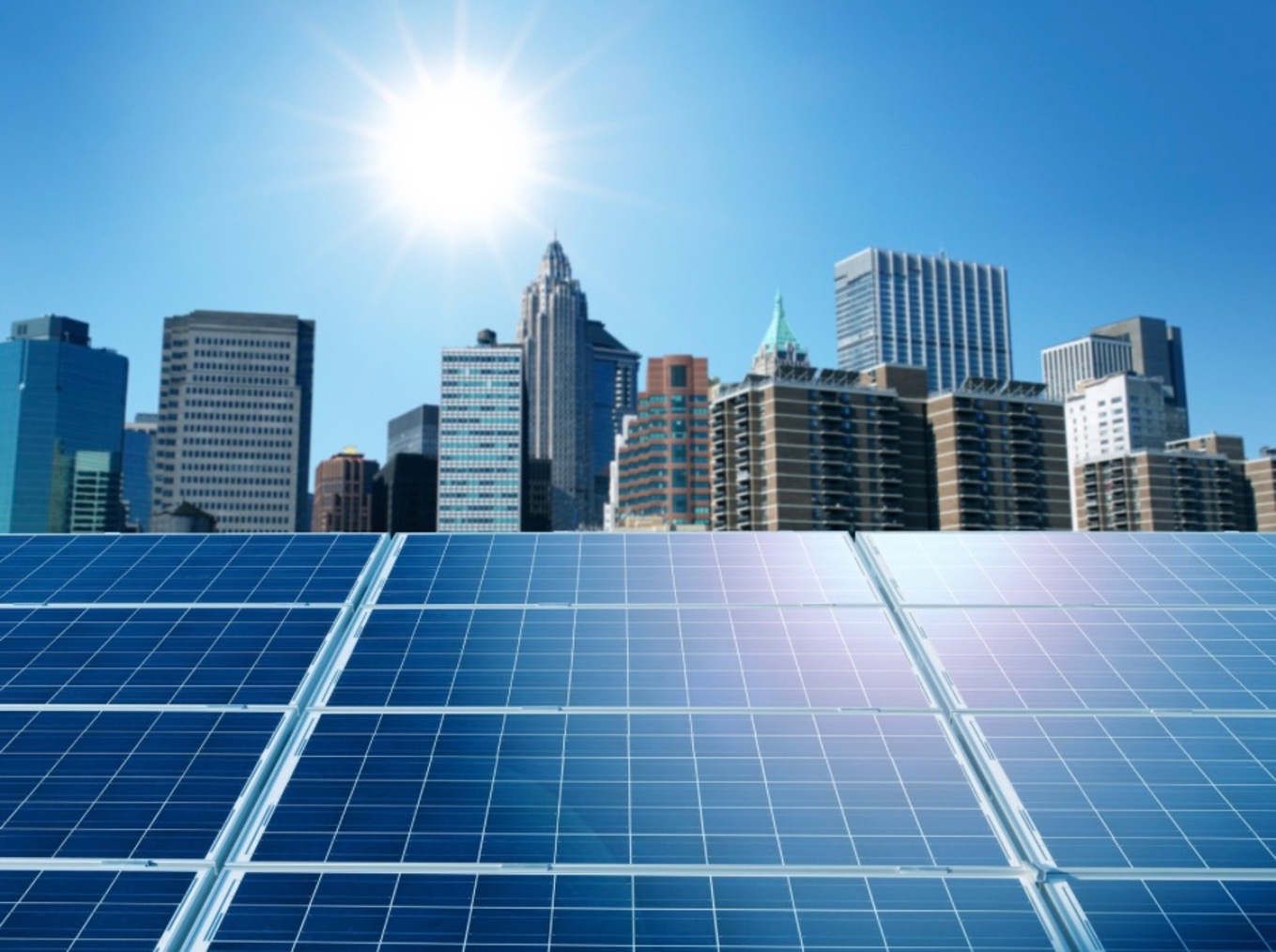
By Rokas Beresniovas, Chris Cucci, and Sacha Alaby
The growth of capital flowing into projects that focus on renewables, energy efficiency, and resilience is vital for addressing the climate crisis. Discussions with leaders across North American climate finance markets—from Florida to Vermont, Alaska to California—reveal both optimism and an unwavering belief in the sustained potential for growth. However, hope alone does not meet the financing needs of these industries, and a key obstacle remains: the capitalization challenge.
In the evolving landscape of climate finance, where green banks, community development financial institutions (CDFIs), and even some conventional banks like Climate First Bank are looking to support mission-driven projects, securing sufficient capital to fund those projects is often a time-consuming and complex process. While green banks and mission-driven financial institutions are open to a wide range of capital sources—including utilities, state funds, philanthropies, and crowdfunding platforms—many still face significant hurdles in raising enough capital to meet demand.
READ: Climate finance: The critical role of specialized financing mechanisms (July 14, 2024)
Below are examples illustrating how the capitalization challenge impacts green banks and other climate finance institutions at different stages of their development:
1. Nascent Green Banks: For newly established green banks, securing seed capital is critical to assembling a team, launching initial operations, and beginning to deploy capital into key projects. Leaders at these institutions invest considerable time and effort in finding early-stage funding, typically relying on grants and partnerships. Without this starting capital, they struggle to gain traction in competitive markets.
2. Growing Climate-Focused Institutions: As green banks, CDFIs, and mission-driven conventional banks expand, their challenge is less about finding initial funding and more about securing enough capital to scale their operations. While they may have proven their ability to generate impact, they are often unable to finance all the quality projects that come their way due to limited resources. This is a frustration shared not only by green banks but by credit unions and other financial institutions that are interested in energy efficiency and resilience but have constrained balance sheets.
3. Institutions Looking to Securitize: More mature institutions, like larger green banks and CDFIs, often face challenges when attempting to securitize their loans. Securitization—bundling loans together to issue bonds—allows institutions to recycle capital and fund more projects. However, the process is difficult without reserve funds or adequate capital backing, often requiring legislative support or significant external contributions. The difficulty in bundling these loans without freezing large amounts of capital hampers their ability to unlock greater funding potential.
These examples demonstrate that the capitalization challenge impacts institutions at every stage of growth, requiring them to make difficult trade-offs between which projects to fund and which to turn away. Leaders of green banks, CDFIs, and mission-driven conventional banks like Climate First Bank do the best they can with the capital available, but there is no doubt that greater access to funding would allow them to support far more projects, driving deeper impact in renewable energy, energy efficiency, and climate resilience.
Addressing the capitalization challenge: Opportunities for growth
The capitalization challenges faced by green banks and CDFIs are also being experienced by an increasing number of conventional financial institutions that are leaning into climate-friendly financing. As the benefits of renewable energy and energy efficiency become more widely recognized—not just in environmental terms but also as sound investments—an expanding array of players are entering the climate finance space. Traditional community development financial institutions (CDFIs) and conventional banks alike are starting to explore ways to support mission-aligned projects that promote sustainability and resilience.
To truly scale climate finance and achieve the levels of funding necessary to meet our climate goals, both green banks and these emerging players will need better access to capital. One possible solution to this challenge is securitization, but it requires more robust financial support.
Securitization allows institutions to bundle loans, issue bonds, and replenish their capital, enabling them to fund new projects without straining their balance sheets. However, for this to become a more viable solution, capital providers—whether they be philanthropies, utilities, or even private investors—will need to contribute to reserve funds that can back these securitization efforts. In some states, legislation can help facilitate the creation of such reserve funds, but where political will is lacking, other capital providers must step up to fill the gap.
Looking to the future: A collaborative approach
Looking ahead, we can imagine a climate finance ecosystem where green banks, CDFIs, and even forward-thinking conventional banks like Climate First Bank work together to overcome the capitalization challenge. These institutions have the due diligence expertise, operational capacity, and commitment to mission-driven financing, but they need greater access to capital to unlock their full potential.
By building stronger partnerships with capital providers, establishing dedicated reserve funds, and leveraging new technologies that streamline the financing process, these institutions can ease the burden of the capitalization challenge. As more players—both mission-driven and conventional—enter the climate finance space, the potential for collaboration and innovation grows.
READ: Empowering community banks: Driving forward America’s $20 billion climate initiative (June 7, 2024)
A future where green banks, CDFIs, and conventional banks collaborate to finance projects that reduce carbon emissions, improve energy efficiency, and build climate resilience is not only possible but essential. Addressing the capitalization challenge through creative solutions like securitization and public-private partnerships will allow these institutions to scale, making a greater impact and helping to drive the transition to a more sustainable economy.
The path to overcoming the capitalization challenge is not without obstacles, but with the right mix of innovation, collaboration, and financial support, the future of climate finance looks promising. Whether through securitization, partnerships with conventional banks, or contributions from diverse capital providers, the goal is clear: to ensure that green banks, CDFIs, and climate-friendly financial institutions have the resources they need to fund projects that will drive the transition to a more sustainable, resilient future.
(Rokas Beresniovas is a Senior Director at Montgomery County Green Ban Chris Cucci is an SVP and Chief of Staff at Climate First Bank, based in Orlando, FL. Sacha Alaby is a Climate Tech Entrepreneur)



